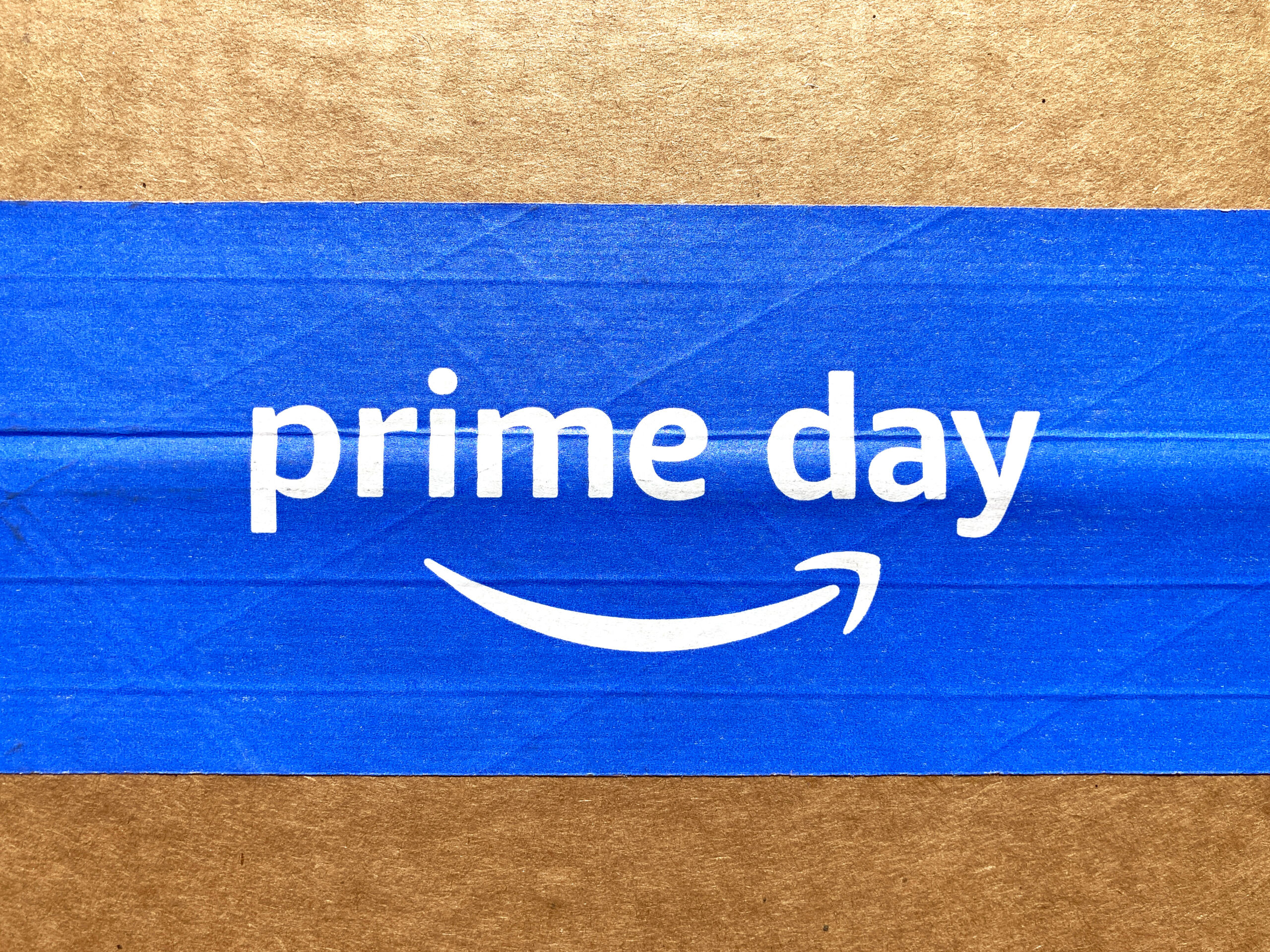Discover the unexpected ways that high return rates can impact businesses, customers, and the environment, and explore actionable strategies for reducing returns through proactive product information management. Learn how retailers like yours can create seamless experiences that keep customers coming back for more.

Keywords
Well, I’d like to petition to add one more guarantee to that list: returns.
In the era of “serial returners”, retailers across the globe have seen a spike in return rates and shoppers are showing no signs of slowing down.
While returns are an inherent part of the retail landscape, high return rates can have far-reaching consequences that extend beyond the bottom line, including:
High return rates can significantly impact a business's operating costs in several ways. Firstly, there are logistical costs associated with processing returns, restocking inventory, and managing reverse logistics. This involves labor, transportation, and storage expenses, which can quickly add up, particularly for large retailers handling thousands of returns daily. As a reference, in 2023, the average retailer incurred $145M in merchandise returns for every $1 billion in sales.
Returns often also result in inventory depreciation. Items that are returned may not be in pristine condition, requiring markdowns or even liquidation to clear out excess stock. They can also put a strain on customer service resources - dealing with return inquiries, processing refunds, and managing customer complaints all require time and manpower, diverting resources away from other areas of the business.
Returns often lead to increased carbon emissions due to additional transportation and handling as each return necessitates transportation back to the warehouse or retailer, contributing to fuel consumption and greenhouse gas emissions. In 2022 alone, emissions from shipping returns equaled 24 million CO2 metric tons.
Moreover, returned items may not always be resold immediately, leading to excess inventory or even disposal. This not only wastes valuable resources but also adds to the growing problem of textile waste in landfills; the volume of returns ending up in landfills in the U.S. nearly doubled from 2019 to 2022, amounting to 4.3 billion tons.
One of the most significant yet often overlooked impacts of high return rates is on customer loyalty. 96% of consumers review retailers’ return policies before making an online purchase, and 63% of consumers express a negative feeling about a retailer charging them for returning a product.
While offering a generous return policy can initially attract customers, an excessively high return rate may signal underlying issues with product quality, sizing accuracy, or fulfillment processes. This can erode trust and confidence in the brand, ultimately leading to decreased customer loyalty and repeat purchases.
Moreover, the hassle associated with returns can negatively impact the overall customer experience. Lengthy return processes, restocking fees, or difficulty in obtaining refunds can frustrate customers, driving them away to competitors with more seamless return processes.
Acquiring new customers is a costly endeavor for retailers, often requiring substantial investments in marketing and advertising. However, a high return rate can undermine these efforts by inflating the cost per acquisition. If a customer is attracted by a compelling ad or promotion and makes a purchase only to return the item due to dissatisfaction or sizing issues, then the retailer not only loses the sale but also incurs additional expenses associated with processing the return.
By reducing return rates, retailers can optimize their customer acquisition efforts. When customers are satisfied with their purchases and less likely to return items, the lifetime value of each customer increases, meaning that the cost of acquiring new customers becomes more sustainable, leading to improved return on investment (ROI) for marketing initiatives.
Conversion rates are a critical metric in eCommerce, and high return rates can negatively impact conversion rates by creating uncertainty and hesitation among potential customers. When shoppers perceive a higher risk of dissatisfaction or inconvenience associated with returns, they may be less inclined to complete a purchase.
On the other hand, reducing return rates enhances consumer confidence and trust in the brand. When customers have faith in the quality and accuracy of the products they purchase, they are more likely to convert. By providing detailed product descriptions, size guides, and user-generated reviews, retailers can help mitigate the factors that contribute to returns and improve conversion rates, but more on this later.
Customer loyalty is the holy grail of retail, representing a consistent stream of revenue and advocacy from satisfied customers. High return rates can undermine customer loyalty by eroding trust and diminishing the overall shopping experience. When customers encounter issues with product quality, fit, or fulfillment, their loyalty to the brand may wane, leading them to seek alternatives elsewhere.
By prioritizing customer satisfaction and reducing return rates, retailers can foster long-term loyalty and retention. Seamless purchasing experiences, hassle-free returns processes, and personalized customer service all contribute to building a loyal customer base. Additionally, implementing proactive measures such as predictive analytics to anticipate and prevent returns can further enhance customer satisfaction and loyalty.
Of course, no brand wants to see an increase in returns - that’s why brands have begun implementing stricter return policies. Yet as we mentioned, those can actually have a countereffect on your sales.
But what if you could take a more proactive approach? Stop returns before they start? What if you could create such exceptional product experiences that blend personalization and automation, for your customers across every channel and touchpoint they have with your brand - that they would have no need to begin a return in the first place?
Let’s dive into the first three steps you can take to proactively mitigate return rates.
The first step in reducing returns through product information is to identify the critical details that customers may need at any point in their journey. This includes not only basic product specifications but also comprehensive information about sizing, materials, warranties, care instructions, and compatibility. By anticipating the questions and concerns that customers may have, you can ensure that your product information addresses their needs proactively.
Once you've identified the essential product information, the next step is to gather and enrich the data to create compelling product content. This involves not only ensuring the accuracy and completeness of the information but also enriching it with additional details, imagery, and multimedia content. It's also crucial to localize the product content for different regions and channels to ensure relevance and resonance with diverse audiences and channels.
The final step is to actually deliver this enriched data to all the channels and marketplaces you have a presence on. This includes your e-commerce website, mobile app, social media platforms, third-party marketplaces, and any other touchpoints where customers interact with your brand. By ensuring consistency and accessibility across all channels, you can empower customers to make informed purchasing decisions without the need for returns.
The unfortunate reality is that returns are an inevitable aspect of the consumer experience. However, the impact from high returns on the environment, finances, and customer experience is profound and multifaceted.
While the task of reducing return rates may seem daunting, it is also essential for the long-term success and sustainability of retail businesses. Leveraging your product information to provide a stronger pre-purchase customer experience is the best defense against the dreaded returns. Both businesses and customers benefit from better utilization and syndication of accurate and detailed product information; businesses can enjoy increased customer satisfaction, reduced operational costs, and strengthened brand loyalty. Customers, in turn, experience a seamless and personalized shopping journey, making confident purchases that align with their expectations.
By embracing a proactive approach to managing product experiences, brands can not only mitigate the negative impacts of returns but also foster stronger customer relationships and drive sustainable growth.
Interested in learning how to utilize product information to reduce return rates? Reach out to a product experience expert today to get started.
Discover how to mitigate return rates through world-class product experiences, powered by Akeneo Product Cloud.


Explore how PCM helps brands centralize and enrich product data, streamline workflows, and improve content delivery across channels, and gain a...
Read more
2025 Amazon Prime Day has officially been announced for July 8-11; if you’re a brand looking to take full advantage of one of the biggest sales...
Read more
Explore how these 2025 Experience Award winners elevated product experiences by centralizing data, automating workflows, scaling globally, and...
Read more